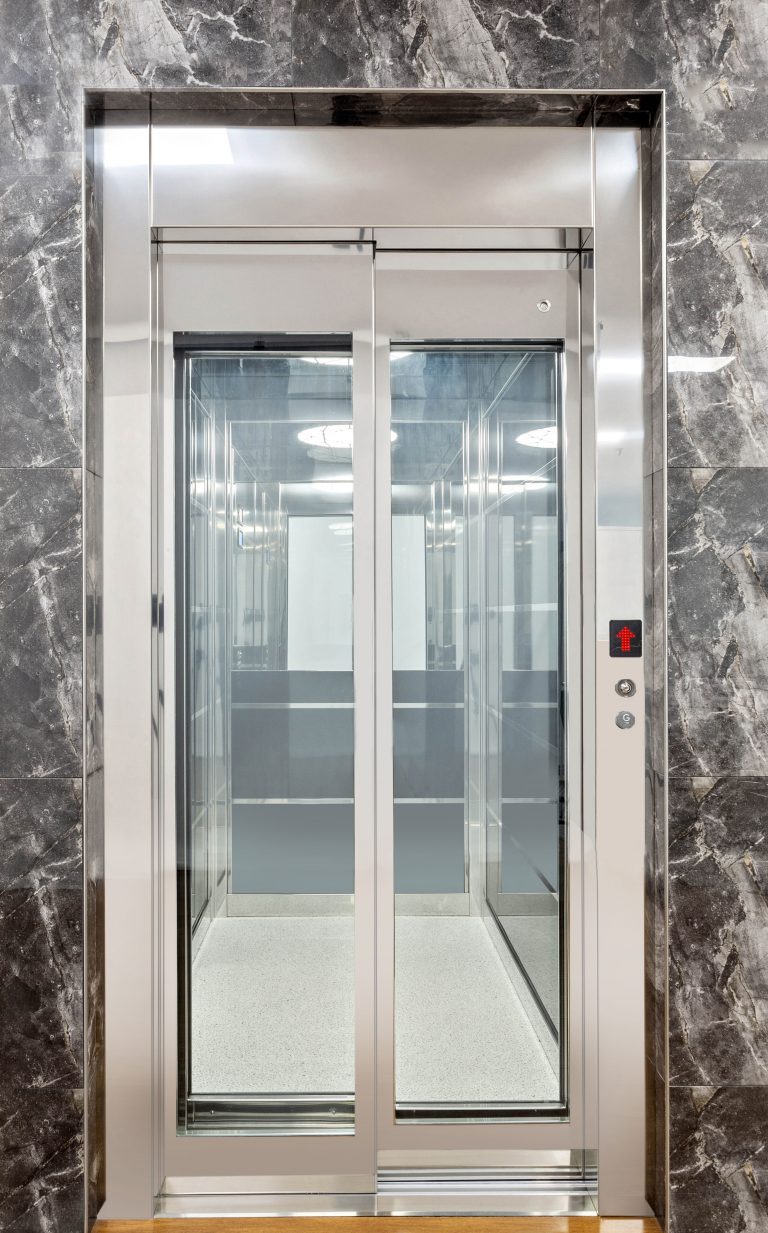Looking Into the World of Elevators: Typical Issues Encountered by Various Lift Devices
As we navigate via the upright transport systems of modern structures, lifts attract attention as a crucial element of our day-to-days live. Nevertheless, behind their smooth procedure exists a world of complex devices that can often encounter challenges. From hydraulic lifts to traction systems and machine-room-less layouts, each lift type comes with its collection of common concerns. Recognizing these difficulties is essential for guaranteeing the smooth performance of these vital systems. Allow's discover the intricacies that underlie the operation of elevators and the potential issues that can occur, clarifying the detailed web of lift systems.
Hydraulic Elevators
Hydraulic lifts, often liked for low-rise buildings, utilize fluid pressure to manage the movement of the lift auto (lift repair companies). This device includes a hydraulic pump pressing oil into a cylinder, causing the elevator to relocate in the preferred instructions. While hydraulic elevators are recognized for their smooth and silent procedure, they do include their own collection of usual issues
One common problem with hydraulic elevators is oil leakage. The seals in the hydraulic system can break in time, bring about oil infiltration. If left unaddressed, this not only develops a mess however can likewise influence the lift's performance. Furthermore, problems with the control system, such as damaged shutoffs or a malfunctioning pump, can trigger interruptions in the lift's motion.
Routine maintenance and punctual repair services are important to ensure the smooth performance of hydraulic elevators. By addressing these common issues proactively, structure owners can minimize downtime and make sure the safety and security and performance of their upright transport system.
Grip Elevators
When thinking about vertical transportation systems in structures, one more common kind apart from hydraulic lifts is the grip elevator. Traction lifts run using a system of ropes and counterweights that move the lift vehicle by grasping onto the hoist ropes. This system permits smoother and much faster upright transport contrasted to hydraulic systems.
One of the common concerns faced by grip lifts is rope wear. The continuous motion of the ropes within the grip system can cause wear and tear gradually, potentially creating the elevator to malfunction or end up being unsafe for use. Routine inspections and upkeep of the ropes are important to make sure the lift's correct functioning and safety.
Another issue that traction elevators may experience is connected to the control system. Issues with the control system can bring about issues such as erratic motion, hold-ups in action times, and even complete shutdowns. Routine screening and upkeep of the control system are critical to avoid such issues and make sure the lift's reliability.
Machine-Room-Less (MRL) Lifts

Among the vital elements of MRL elevators is the portable gearless traction maker that is set up within the hoistway. This equipment efficiently drives the lift cars and truck without the need for large equipment found in conventional grip my website elevators. In addition, MRL lifts usually utilize a counterweight system to balance the car, more enhancing their power performance.
Regardless of their benefits, MRL elevators might deal with challenges connected to repair and maintenance as a result of the restricted space for devices installation. Availability for servicing components within the shaft can be restricted, requiring specialized training for service technicians. Appropriate upkeep schedules and routine evaluations are crucial to guarantee the continued smooth procedure of MRL lifts.
Overloading and Weight Restriction Issues
Are lifts outfitted to handle excess weight loads successfully and safely? Overloading and weight limitation problems are important concerns in lift operations. Lift makers style raises with specific weight abilities to ensure passenger safety and equipment long life. Exceeding these weight limits can lead to numerous problems, including mechanical failings, delays, and safety hazards.
When elevators are overloaded, it puts excessive strain on the electric motor, cords, and other parts, possibly triggering breakdowns or break downs. If they spot excess weight, security mechanisms such as sensors and overload sensors are in place to avoid lifts from moving. In addition, surpassing weight restrictions can cause boosted power usage and damage on the elevator system.
To minimize overwhelming issues, developing supervisors must prominently present weight restrictions in elevators and educate owners on the significance of sticking to these constraints - lift repair companies. Normal maintenance checks by qualified technicians can likewise assist make certain that elevators are running within safe weight specifications. By resolving overloading and weight restriction problems proactively, structure owners can boost explanation elevator safety and security and performance
Electric System Failings
Surpassing weight limits in elevators can not only lead to mechanical concerns however likewise possibly add to electric system failures within the lift infrastructure. Electrical system failures are a critical issue in elevator procedure, as they can cause unforeseen shutdowns, breakdowns, or also safety hazards.
Additionally, power surges or fluctuations in the electrical supply can also interrupt the elevator's operation, impacting its performance and safety and security. These electrical disruptions can harm delicate elevator parts such as control board, motherboard, or sensing units, resulting in system failures. Routine maintenance and examinations are critical to identify and address prospective electrical issues without delay, ensuring the secure and reliable operation of elevator systems. By sticking to weight restrictions and performing regular electric system checks, structure proprietors can reduce the danger of electrical failures in elevators.
Conclusion

Hydraulic elevators, frequently liked for low-rise buildings, make use of fluid stress to control the activity of the lift cars and truck.When thinking about vertical transportation systems in structures, another typical kind apart from hydraulic lifts is the grip elevator. Grip lifts operate using a system of ropes and counterweights that move the lift auto by grasping onto next the hoist ropes. Unlike standard elevators that call for a separate device room to house the devices, MRL lifts integrate most of the components within the shaft, removing the demand for a committed equipment area.In conclusion, lifts face typical concerns such as hydraulic malfunctions, grip system failings, and electrical system problems.